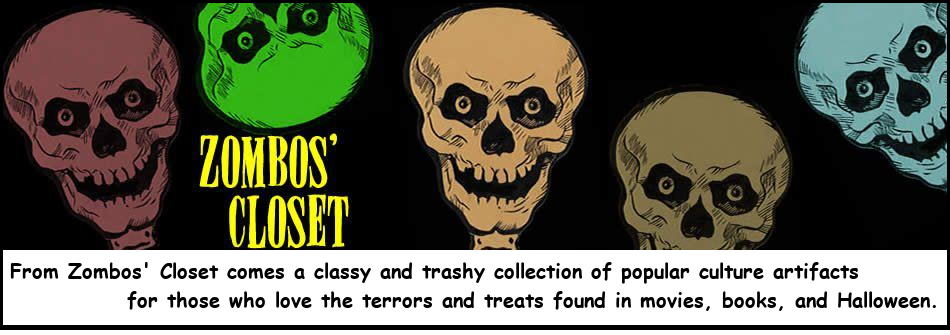Godzilla vs. The Smog Monster
Radio Spots!
 Cough… cough…wow…the air quality is especially bad today. If only something could be done…
Cough… cough…wow…the air quality is especially bad today. If only something could be done…
That’s exactly what the producers were considering when they were looking for their next Godzilla project. Pollution was bad everywhere in Japan as various factories continued to spew their by-products into bodies of water and into the atmosphere. People were getting sick on a grand scale.
In the original Gojira (1954), Godzilla represented the dangers of atomic experimentation. Now, seventeen years later, Toho decided that Godzilla should tackle a new threat to humanity: world-wide pollution.
Godzilla vs. Hedorah was produced in 1971, and introduced a new menace: an alien which arrived on earth on a comet and fed on pollution, growing larger the more he ate. He could change shape, from a sea creature, to a land animal, to a flying stingray-looking thing. As a land animal, he could spew out acidic sludge and shoot a red laser from his eye, and as a flying creature, he could emit toxic exhaust.
The producers wanted a “darker” Godzilla movie in keeping with the dangers of pollution. Visuals were often graphic as victims of the “smog monster” were left sick, disfigured or dissolved. Unlike before, dead bodies were often seen scattered about the landscape.
When Godzilla met Hedorah in the final battle, he seemed to have met his match. Blinded in one eye by the acidic sludge, it was only with the help of massive electrical discharge machines designed by the movie’s scientist that he was able to help dehydrate the monster and the world was saved. Or was it? …





















